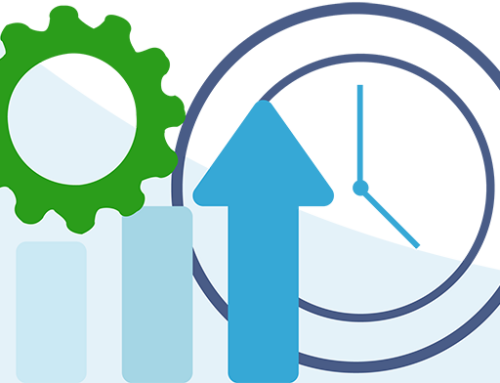Translating business strategies from paper to practice can be difficult, which is why utilizing the balanced scorecard framework at your accounting firm might be just what you need to better analyze your business and achieve your goals.
You might think that financial outcome is the best way to measure your business’s success and set future goals. You are an accountant, after all. However, the balanced scorecard approach says that you cannot directly change financial outcomes. What you do have power over is the areas you can actually manage, like your efficiency and your interactions with clients. So, here are some of the basics of the balanced scorecard and how it might be able to help your business.
That’s Where the Balanced Scorecard Comes In
The Balanced Scorecard framework has four main components to help you assess your business performance.
- Financial: Is your business financially healthy and performing well? Could costs to your company be reduced in any area?
- Customer/Stakeholder: Are your clients happy? What do your client relationships look like? You might be able to improve communication or your strategies for attracting new clients.
- Internal Processes: What do your processes look like and are they effective enough as is? There could be room to improve your efficiency and capacity here.
- Organizational Capacity: How many people are on your team? Do you have a physical office space or remote capabilities? What technology are you using? This area examines the much more tangible side of your business.
The Benefits of the Balanced Scorecard
The pandemic and recent economic downturn have made it difficult for many businesses to stay afloat, and you yourself might be looking for creative strategies for recovery. Unfortunately, none of us can predict the future. That’s why it’s also important to utilize a model of performance assessment that focuses on adaptation.
Success isn’t merely defined by income. What does a successful onboarding process look like? What does a successful client relationship look like? Are you succeeding in your adoption of new technologies and your recording of internal processes? By recognizing these distinct areas of your firm’s health and actively looking for ways to improve them, you can be successful even in hard times.
The Balanced Scorecard approach also allows you to see your goals side by side and understand that meeting specific goals might affect other areas of your business. For example, adopting a new technology might improve your efficiency and capacity, but add to the firm’s costs. The scorecard also is a great document to share with stakeholders in your business so they can see the concrete, long-term goals that are set.
2023 can be the year you scale your accounting firm by focusing on a comprehensive view of your business. You just have to start with the scorecard. Design yourself a sheet or use an online template to show the four areas of your business. Then, fill out your goals for each area and the steps you need to take to reach them. This scorecard can be filled with yearly, quarterly, or monthly plans. Start using the scorecard today to visualize your 2023 goals.



